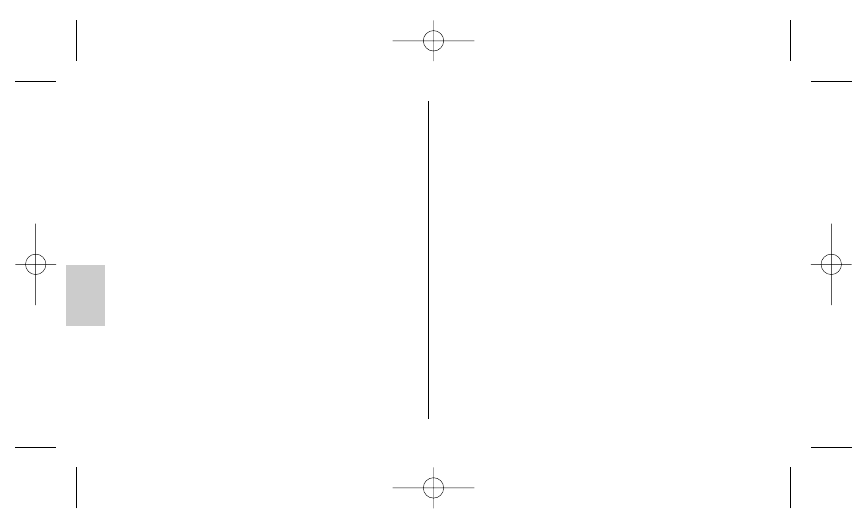Metz MECABLITZ 36 AF-5 digital User Manual
Page 92

ķ
92
and uniform illumination of the subject. The reflecting surface
must be white or have a neutral colour, and it must not be
structured, e.g. wooden beams in a ceiling as these might
cause shadows.
For colour effects just select the reflective surface in the
desired colour.
Take into account that the maximum flash range is
considerably diminished when bouncing the flash. The
following rule of thumb will help you determine the
maximum flash range for a room of normal height:
guide number
Maximum flash range = –––––––––––––––––––––––––
(flash-to-subject distance x 2)
☞
7.2 Flash synchronisation
7.2.1 Normal synchronisation
In normal synchronisation the mecablitz is triggered at the
beginning of the exposure time (1st curtain synchronisation).
Normal synchronisation is the standard mode on all
cameras, and is suitable for most flash shots. Depending
upon the given mode, the camera is changed over to flash
sync speed, the customary one being between 1/30th sec.
and 1/125th sec. (see the camera’s operating instructions).
No settings have to be made on the mecablitz, nor is there
any display for this mode.
7.2.2 REAR - Second-curtain synchronisation
Some cameras offer the facility of second-curtain synchronisa-
tion (REAR mode) triggering the mecablitz by the end of the
exposure time. Second-curtain synchronisation is particularly
advantageous when using slow shutter speeds (slower than
1/30 sec.) or when shooting moving objects that have their
own source of light. Second-curtain synchronisation gives a
709 47 0253.A1 36AF-5-CNOPS 28.06.2010 9:42 Uhr Seite 92